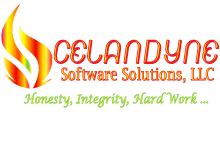Enterprise Content Management
Enterprise content management (ECM) systems help companies organize, manage, and distribute unstructured content such as documents, images, health or accounting records, surveys, product information, emails, and web pages. Companies utilize this software to store, track, edit, and collaborate on content creation and other information-related projects, while maintaining predefined and appropriate security levels. Employees at every level of the organization can access and exchange information using ECM software based on user privileges assigned by a system administrator, which streamlines the lifecycle of information and automates various business processes using embedded workflow. ECM is compatible with most file types including popular office productivity suites (.doc, .xls, .odf, etc.), image files (.jpeg, .tiff, .png, etc.), email, web standard (.xml, .html), CAD, etc. from a variety of software platforms. It serves as an enterprise platform to securely store large amounts of content, distribute information, build and manage workflow, facilitate team collaboration, and integrate to other enterprise systems.
To qualify for inclusion in the Enterprise Content Management category, a product must be able to:
- Store large amounts of content across various file types.
- Impose order on data based on organizational models.
- Make resources easy to find, manage, and distribute through search and advanced filtering and tagging.
- Allow collaboration and the creation of new documents.
- Ensure the integrity of data and keep it secure with permissions structures.
